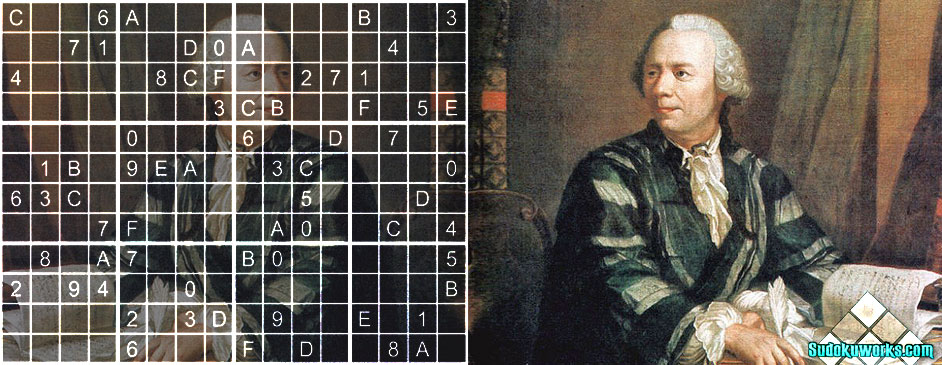If you’re interested in playing games that strengthen your brain or you’re looking for a creative way to pass the time, you may want to try a game of Sudoku.
Sudoku is a puzzle game that consists of a grid with 81 squares. The squares are separated into nine blocks. Each of the blocks have nine squares. Some of the squares are blank, and other squares contain a pattern. To play the game, you have to fill in the grid so that all the columns and rows, as well as each 3×3 grid, containing the numbers 1-9.
These puzzles are simple and accessible, which is why Sudoku is so fun. Even though the game is very popular, many people don’t completely understand the origin and history of Sudoku. Let’s take a look at why the game became so popular.
Sudoku’s Early Origins
Sudoku was likely started by Leonhard Euler, a mathematician from Switzerland, in 1783. Euler originally called the game “Latin Squares”, and the activity was considered a project at the time. Sudoku wasn’t seen as recreational until years later.
Another early variant of Sudoku was discovered in France near the end of the 19th century. Several magazine publishers in the country started experimenting with the concept of taking numbers from “Magic Squares.” Some of the puzzles were based on math and not logic, which meant the games weren’t true Sudokus. However, this was a precursor for what we now know as Sudoku.
Who Invented Sudoku?
We aren’t completely sure who game up with the game, but it’s believed that retired architect Howard Garns is the inventor of Sudoku. Garns passed away before the game became famous around the world. He made puzzles in his spare time during the debut of “Number Place” but he wasn’t credited for the first puzzles in this game series. However, there is adequate evidence to suggest that Garns was working on the concept of Sudoku at that time.
Sudoku’s Popularity Today
Puzzle magazines like Dell had been popular in Japan for quite some time. During the 1980s, Sudoku became well-known in Japan. The name of the game is a shortened version of the phrase “Suji was dokushin ni kagiru,” which means, “the digits are limited to one occurrence.” The apopel of the game is not just how enjoyable it is, but the fascinating nature of the Japanese language. Games like crossword puzzles don’t always translate accurately in Japanese, so puzzles based on numbers are more accessible and popular.
Sudoku would become popular in the Western world around 2004. A judge in New Zealand “rediscovered” the game in a Japanese bookstore in 1997. The Conway Daily Sun in New Hampshire and the Times of London start producing Sudoku games in their weekly papers. Today, the game is well-known around the world, and there are even Sudoku championships avid players can participate in.

